SAD and Its Impact on Education
Resilience building as a solution to SAD
Seasonal Affective Disorder affects millions each year, particularly during the late autumn and winter. Common symptoms include persistent sadness, lethargy, difficulty concentrating, and anxiety, making it challenging for students and teachers alike to stay motivated and engaged. In an educational setting, SAD can impact students’ academic performance and emotional well-being, while educators might find it harder to maintain their own mental health amidst increased demands.
With growing awareness of SAD’s effects, resilience-building strategies can help alleviate its impact. According to the National Institute of Mental Health, resilience can serve as a buffer against the negative effects of SAD by enabling individuals to better manage stress and stay engaged despite seasonal changes.
How Building Resilience Helps Manage SAD
Building resilience can be a valuable strategy in managing the effects of Seasonal Affective Disorder. Resilience empowers individuals to adapt to stress and challenges, offering a buffer against the seasonal challenges associated with SAD. Improved resilience can lead to greater emotional stability and improved focus, even during the low-light months.
By developing resilience, individuals may better handle SAD’s symptoms, such as low energy, sadness, and anxiety, helping them to stay engaged and motivated. This can positively impact academic performance, as well as create a supportive school environment that encourages perseverance and adaptability.
Resilience isn’t just about managing the symptoms but also about building a stronger mental framework to stay positive and focused during challenging times. When schools actively encourage resilience, they equip both students and teachers with lifelong skills for coping with stress, creating an environment that supports mental health and emotional well-being all year round.
Practical Resilience-Building Techniques for SAD
Building resilience to manage Seasonal Affective Disorder involves a balanced set of mental, physical, and emotional strategies. Here are some actionable techniques:
Encourage Light Exposure: SAD is often linked to reduced sunlight, so taking advantage of daylight is essential. Opening blinds in classrooms, scheduling outdoor activities, or using light therapy lamps can help regulate mood and energy levels.
Promote Physical Activity: Physical exercise is proven to boost mood by releasing endorphins, which help combat symptoms of depression. Consider incorporating short movement breaks or light exercises in the classroom to boost energy levels in both students and teachers.
Mindfulness Practices: Techniques like deep breathing, meditation, and guided imagery can help students and educators manage stress and anxiety. These practices encourage staying present and fostering self-compassion, which are critical resilience components.
Psychoeducation: Understanding the impact that SAD can have on your mood, helps to build resilience and to put low mood into context.
Utilise eQuoo for Structured Resilience Training: eQuoo, our clinically proven resilience-building app, uses storytelling games to teach social and emotional skills. For students and educators dealing with SAD, eQuoo offers a structured way to build resilience by reducing anxiety and improving mood. With its fun, interactive approach, eQuoo is designed to make resilience-building engaging and accessible, especially during those tougher winter months.
Benefits of eQuoo in an Educational Setting
eQuoo stands out because it is backed by clinical research proving its efficacy in building resilience and lowering anxiety and depression. The app uses evidence-based psychological methods, teaching users essential social and emotional skills through gaming. For educators, it’s a resource that can be integrated into daily lessons and played by students in their spare time, improving mental health and increasing resilience in as little as 5 week play.
Building a Resilient Community
Addressing SAD is crucial for the well-being of students and educators, and resilience-building offers a powerful solution. Through a combination of physical activity, mindfulness, light exposure, and structured support from tools like eQuoo, schools can help reduce the effects of SAD on their community. By encouraging resilience, educators not only support students’ mental health but also foster a school culture that is adaptable, supportive, and prepared for whatever challenges come their way.
To find out more about our solution, register your interest for eQuoo below to find out how we can support you.


